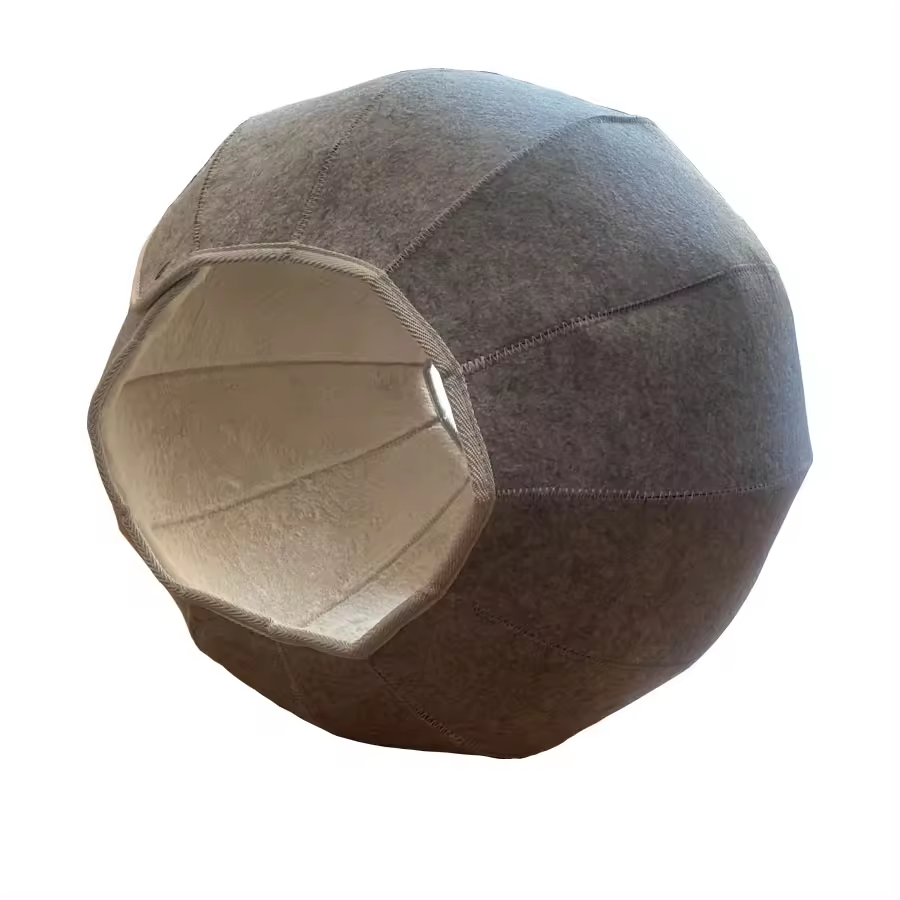The Benefits and Applications of 9mm Acoustic Felt
Acoustic felt has become an increasingly popular solution in various settings, particularly for those who seek to enhance sound quality and control noise levels. Among the various types of acoustic materials available, 9mm acoustic felt stands out due to its effective sound-absorbing properties, versatility, and ease of installation. In this article, we will explore the benefits and applications of 9mm acoustic felt in different environments.
Sound Absorption Abilities
One of the primary advantages of 9mm acoustic felt is its ability to absorb sound. Constructed from dense, fibrous material, this felt provides excellent sound insulation, helping reduce noise levels within a room or space. Sound waves can reflect off hard surfaces, creating echoes and increasing overall noise levels. By incorporating acoustic felt into walls, ceilings, or floors, it is possible to significantly diminish sound reflections, leading to a quieter and more pleasant acoustic environment.
Versatility in Design
9mm acoustic felt is not only functional but also aesthetically pleasing. Available in various colors and textures, it can be easily integrated into different interior designs. This versatility allows designers and architects to maintain aesthetic appeal while also addressing functionality. The felt can be used as wall panels, ceiling tiles, or even as part of freestanding acoustic screens. Its sleek appearance means it can fit seamlessly into modern, minimalist designs or be adapted to more traditional styles.
Applications Across Industries
9mm acoustic felt

The applications of 9mm acoustic felt are vast and varied, making it suitable for numerous industries. In commercial settings such as offices, conference rooms, or restaurants, the use of acoustic felt can help mitigate noise pollution. This is particularly important in open-plan offices, where sound distractions can hinder productivity. By installing acoustic felt panels, companies can create quieter work environments that promote focus and enhance collaboration.
In the hospitality sector, restaurants and cafes can benefit immensely from acoustic felt. High ceilings and hard surfaces can create a noisy atmosphere that detracts from the dining experience. By incorporating 9mm acoustic felt into interior design, owners can reduce ambient noise, making it easier for patrons to converse without raising their voices, thus improving customer satisfaction.
Moreover, in educational institutions such as schools and universities, the installation of acoustic felt can significantly improve the learning environment. Classroom noise can impede concentration and hinder comprehension. By using acoustic panels or felt in common areas, educators can create quieter, more conducive spaces for learning.
Easy Installation and Maintenance
Another noteworthy benefit of 9mm acoustic felt is its ease of installation and maintenance. The material can be easily cut to fit specific dimensions, and it can be adhered to surfaces with minimal fuss. Furthermore, acoustic felt is relatively low-maintenance; regular dusting or vacuuming is usually sufficient to keep it looking clean.
Conclusion
In summary, 9mm acoustic felt serves as a remarkable solution for sound absorption and aesthetic enhancement across various environments. Its ability to significantly reduce noise levels, combined with its versatility and ease of installation, makes it an ideal choice for residential, commercial, and institutional use. Whether employed in a bustling office or a quiet classroom, acoustic felt helps create spaces that are comfortable and acoustically optimized, showcasing its value in contemporary design and functionality. As the need for improved sound quality continues to grow, so does the relevance of materials like 9mm acoustic felt in our daily environments.
